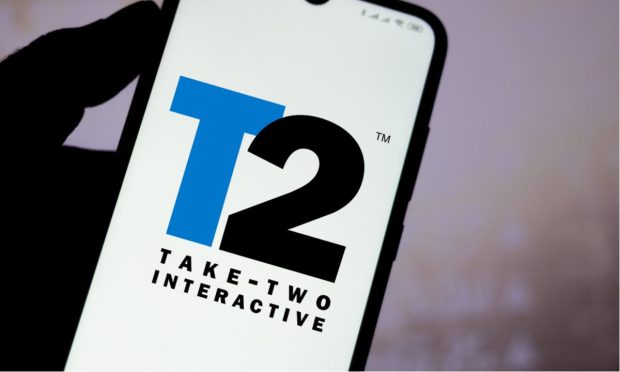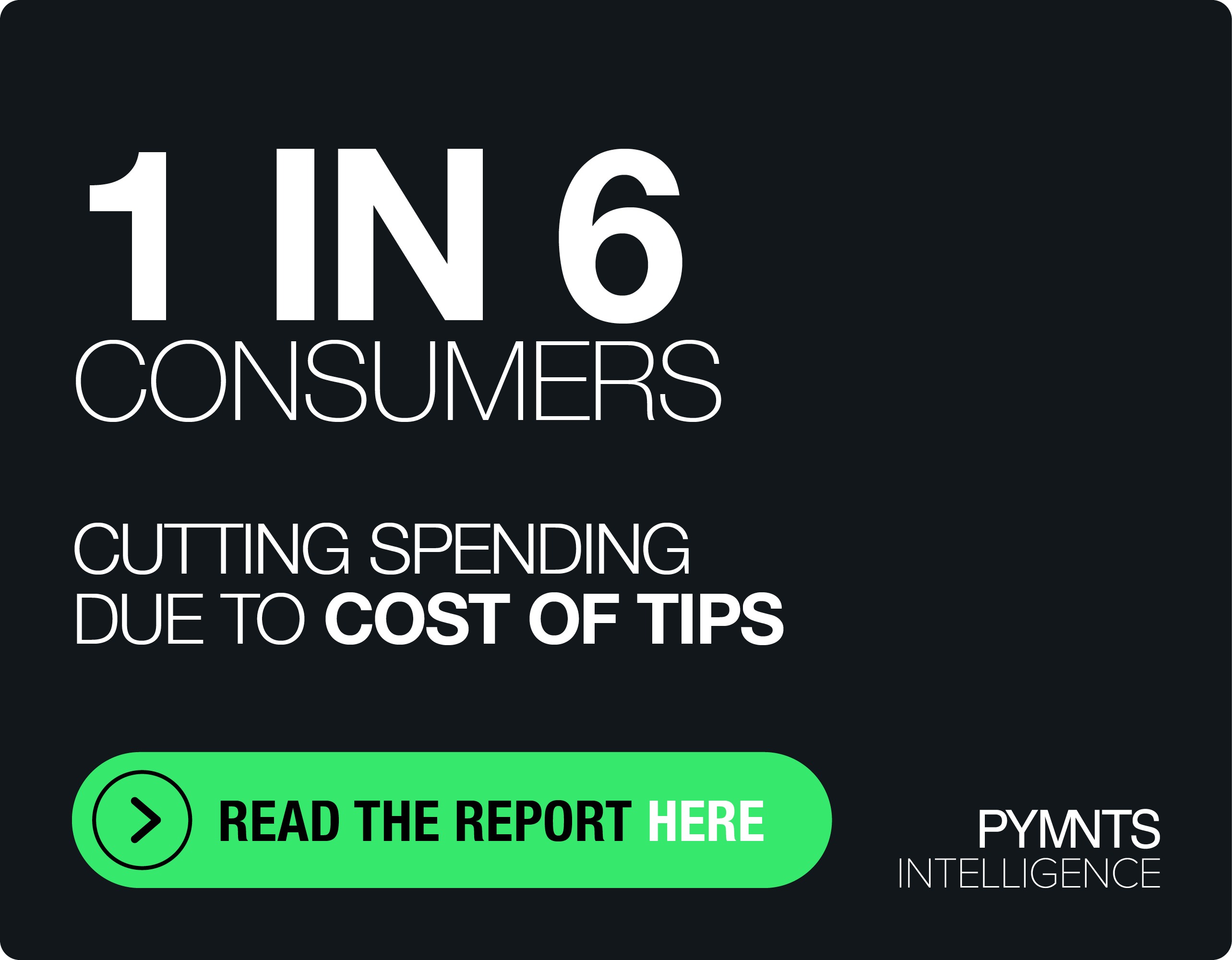Take-Two’s Zynga Bid Shows Connected Economy and Mobile, Personalized Advertising’s Appeal

Online gaming — particularly mobile gaming — is cementing its place as part the foundation that keeps the connected economy, well, connected, across all avenues of digital interaction, particularly across leisure-related activities.
To that end, Take-Two Interactive announced in a Monday (Jan. 10) press release that it would buy buying mobile gaming company Zynga for $12.7 billion.
You might remember Zynga as the company behind the once-wildly popular Farmville titles that were a mainstay of Facebook. In recent years, the company has seen momentum with Zynga Poker, Words with Friends and Harry Potter-related titles.
In the announcement detailing the deal, the companies said the combined entity will benefit from “development and publishing synergies, unlock new revenue streams and reach new audiences around the world.”
In terms of the numbers, Take-Two/Zynga will have $6.1 billion in net bookings and is targeting a 14% compound annual growth rate (CAGR) for net bookings. Take-Two has said that adding Zynga’s mobile titles will expand recurrent consumer spending.
In presentation materials Monday the three-year CAGR of the mobile game industry globally has been estimated at 8%, where gross bookings were worth about $136 billion last year.
Zynga’s installed base, according to that presentation, is tied to 183 million monthly mobile active users.
As for the connected economy part of the equation, Zynga delivers 10 billion monthly ad impressions, with 4 billion installs across Zynga’s games to date. Take-Two has said that the acquisition announced Monday offers a “clear path” to bring Take-Two’s console/PC games to mobile conduits, and to use Zynga’s scale and Chartboost ad platform to, per the merger presentation, “acquire new users more efficiently and optimize mobile ad inventory.”
The Advertising Component
Part of Zynga’s own business model rests with personalized advertising. The company explains on its website that it displays advertising in its games to “help us deliver a free-to-play game experience.” Zynga and its partners collect information about users and their devices (identifiers and addresses, the games played, and demographic details) and uses that info to craft personalized, target advertising.
Contextualized advertising, we contend, is part and parcel of the connected economy, as it follows and moves with users as they shift seamlessly between any number of daily activities conducted across mobile devices.
Broadly speaking, by building out and extending in-game advertising, players are prompted to make impulse buys (or at least mull a product or service for a later transaction). There are also advergames, which are games that are tied directly, and built upon, certain brands or products.
In the age of the pandemic, it’s not too far-fetched to state that mobile devices (and yes, gaming) — the smartphones, especially — have become a constant presence by our sides. We’re wielding more devices than ever, and thus, companies have more avenues through which to engage with us.
By way of example, PYMNTS’ research shows that mainstream consumers at nearly half of users recently surveyed, owned an average of 6.8 devices and high-tech consumers (9% of the total respondent pool at the end of last year) own an average of 12 devices.
